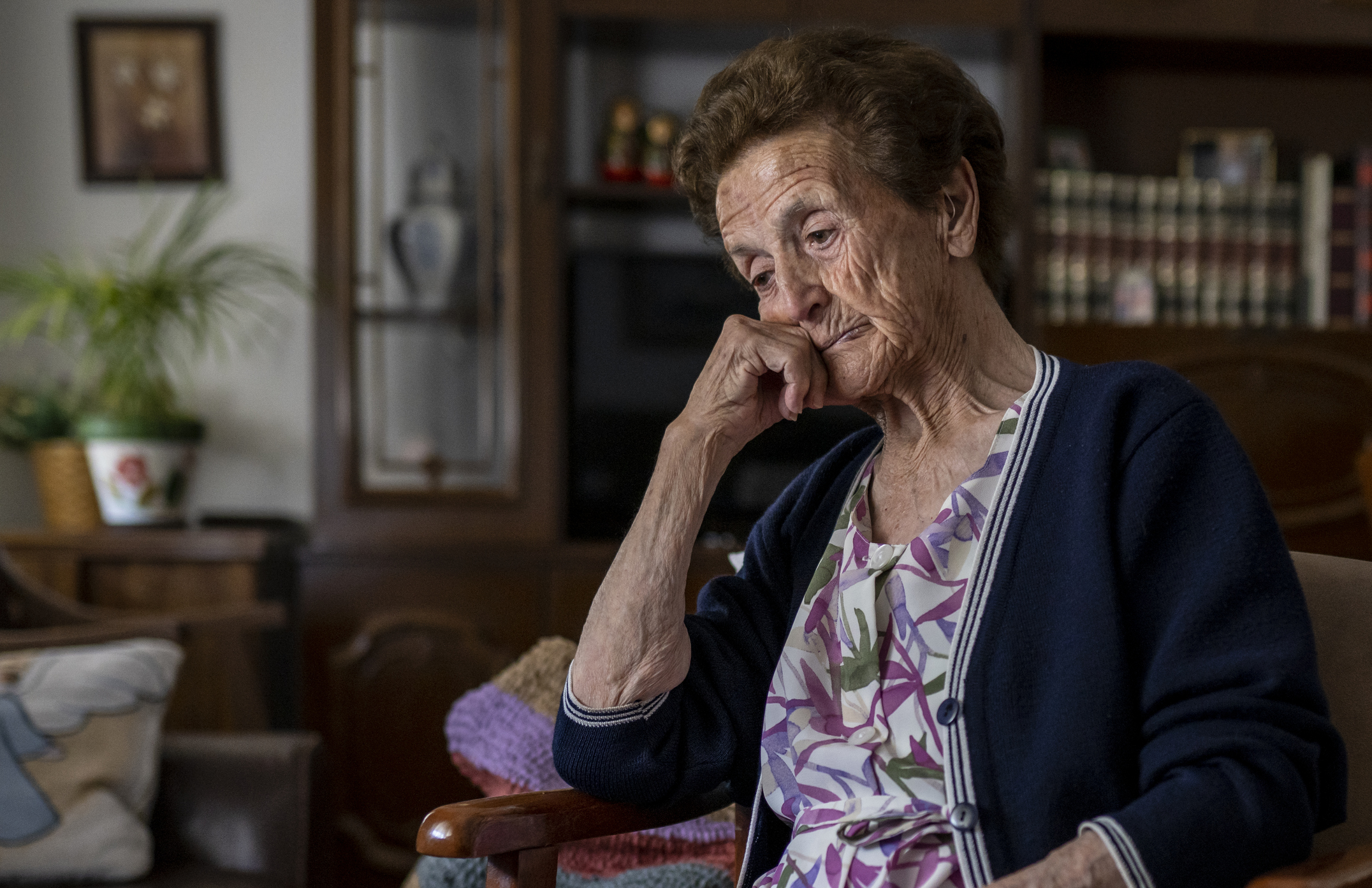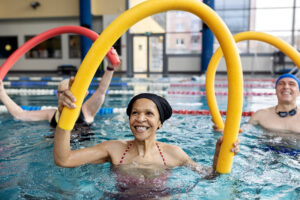As we age, it’s natural for our bodies to experience changes that can impact our physical and mental well-being. One common issue many older adults face is social frailty, a condition characterized by loneliness, isolation, and a lack of social connections. This can profoundly impact our quality of life and even increase the risk of developing other health problems.
In this blog post, we’ll explore social frailty and how it can affect older adults, and most importantly, we’ll discuss strategies and tips for overcoming social frailty and building and maintaining strong social connections as we age.
What is social frailty?
Social frailty is the state of being at risk of losing or having lost resources, activities and behaviors necessary to fulfill basic social needs. For example, an 80-year-old woman who is active in her church, regularly speaks to her friends on the phone and goes to a local senior center twice a week would be socially strong. However, a woman who is the same age but has lost touch with friends and family and spends most days at home watching TV would be considered socially frail.
Social frailty can cause individuals to be more vulnerable to adverse health outcomes, have difficulty recovering from injury or illness and not have the support they need to manage their conditions. Those without strong social networks may not have someone to take them to the doctor or bring them medications, notice when there is a change in their health or habits or have the strength to stay emotionally strong during health challenges.
In an article posted on CNN, Judith Graham describes social frailty:
“Social frailty is corollary to physical frailty, a set of vulnerabilities (including weakness, exhaustion, unintentional weight loss, slowness and low physical activity) shown to increase the risk of falls, disability, hospitalization, poor surgical outcomes, admission to a nursing home and earlier death in older adults. Essentially, people who are physically frail have less physiological strength and a reduced biological ability to bounce back from illness or injury.”
In addition to those symptoms, social isolation has been linked to a higher risk of heart disease and stroke, type 2 diabetes, depression, anxiety, addiction, self-harm and dementia.
How do I know if I am socially frail?
Researchers have developed a series of questions that you can use to see if you are at risk for social frailty.
- Do you go out less frequently compared with last year?
- Do you sometimes visit your friends?
- Do you feel you are helpful to friends or family?
- Do you live alone?
- Do you talk to someone every day?
Take some time to consider your responses. If your answers to questions 1 & 4 are “yes,” and questions 2, 3 & 5 are “no,” you may be experiencing social frailty.
How can I improve my social life and avoid frailty?
If you have been experiencing a decline in your social life or meet some of the criteria for frailty, there are steps that you can take.
Join a local senior center, community center or gym.
Local community or senior centers generally have programs to help older adults stay physically and socially active. Look for a water aerobics class, language class or bingo night for opportunities to make new friends and get connected with your community.
Create a list of family and friends to reconnect with.
There may be people you were once close with but have fallen out of touch with. Make a list of those folks and start reaching out to them. If you are healthy enough to meet them for lunch or an outing, try to schedule a time to meet up every week or so. If you cannot leave the house, reach out over the phone or write them a letter. Some individuals find it helpful to call a friend early in the morning to check in before they start their day.
Volunteer in your community.
Studies show that volunteering increases your physical, mental and spiritual well-being. The American Journal of Preventative Medicine found that when individuals volunteered for at least 100 hours a year, they experienced:
- Reduced risk of mortality
- Reduced risk of physical functioning limitations
- Increased amounts of physical activity
- More optimism and a stronger sense of purpose in life
There are several ways to get involved in your community and create valuable relationships.
- AmeriCorps Senior: AmeriCorps provides volunteer opportunities for individuals 55+, tailored to your skills, interests and lifestyle.
- Local school systems: If you like children and education, school systems often need volunteers to help teachers in their classrooms, tutor children, help in the library or chaperone field trips.
- Community gardens: Green thumbs may enjoy working in community gardens, planting or managing operations.
- Meals on Wheels: If you are mobile enough to drive, volunteering with Meals on Wheels allows you to deliver meals to and form relationships with homebound individuals in your community.
Add technology to your daily routine.
Technology can be a great help when you want to connect and grow your social life. Social media apps like Facebook can help you reconnect with friends, families and acquaintances. For those who suffer from illnesses and conditions that make it difficult to leave the house, digital tools such as Zoom and FaceTime can help you see people face-to-face and catch up.
If you want to meet new people, websites like Meetup show you groups that meet near you and are open to new members. Check out Eventbrite and similar sites to see events that are coming up near you.
Use personal care services.
Personal care services help those needing help remaining independent stay active and involved. Personal caregivers can assist with running errands, light housekeeping, bathing, dressing and other non-medical tasks. Besides keeping you company at home, a personal caregiver can accompany you to social events.
Seek therapy.
Sometimes, you may need professional help to get comfortable relating with others. Speaking with a therapist can get you comfortable with sharing and help you work through any mental health issues you may be struggling with. Many therapists offer telehealth and virtual visits so you can access their services, even if you can’t comfortably leave home.
In conclusion, social frailty is a prevalent issue among older adults that can significantly impact their physical and mental well-being. Recognizing the signs of social frailty and taking proactive steps to address it is essential. By building and maintaining strong social connections, older adults can improve their overall quality of life and reduce the risk of developing other health problems.
If you or a loved one is struggling with social frailty, seeking support from friends, family members or professionals is crucial. At Maxim Healthcare Services, we understand the importance of maintaining strong social relationships and offer personal care and home healthcare services nationwide to assist individuals in need. Our trained and certified personal caregivers can help you manage your lifestyle and stay connected with your community. Our nurses can provide quality in-home care if you are dealing with a health condition brought on or exacerbated by social frailty. Contact your local Maxim office to learn more about the services available in your area.



